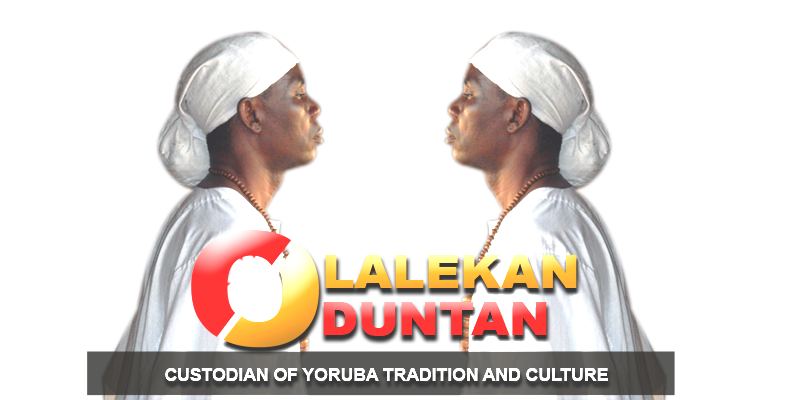The Hausa traditional marriage is mostly based on Islamic rites, and not as time consuming or expensive like the Igbo and Yoruba traditional marriage ceremonies.
The Hausa tribe mainly reside in the northern part of Nigeria , and are predominantly Muslims , while a few are
Christians.
Though a great number of people in this region speak the Hausa language, different tribes among them have their own individual unique dialects.
The Hausa traditional marriage is mostly based on Islamic rites » , and not as time consuming or expensive like the
Igbo » and Yoruba » traditional marriage ceremonies.
However, the process leading up to the marriage is slightly similar to what obtains in the other regions in Nigeria.
When a man sees the woman he wants to marry, he has to first of all seek permission from her parents. The family of the bride-to-be will then conduct an investigation on the background of the man to determine his religious beliefs, ethics, moral and family customs, as well as every important details concerning his upbringing.
The groom-to-be if approved by the woman's family, is allowed to see her briefly but any form of physical contact, romance or courting before marriage is highly discouraged.
Once the woman accepts the marriage offer, the man sends his parents or guardians as well as elderly relatives to formally ask for her hand in marriage.
However, this may not be the same for all the tribes in the Hausa communities, as each of them have different customs regarding marriage rites, though the process mentioned above is the most common method.
On their trip to the bride's family home to seek her parent's consent, the groom's family take along items such as kolanuts, bags of salt, sweets, etc.
It is during this visit that the groom's parents will make their intentions known. Gaisuwais is a kind of formal approval from the bride's family to the groom's. This is where the bargain for the bride's dowry begins.
Usually, the bride price starts from a minimum amount known as ' Rubu Dinar' in Hausa, an Arabic phrase which means 'quarter kilogram of gold piece', to the highest amount the groom can afford to pay.
It is most preferred for the bride price to be as low as possible, because according to Islamic teachings, the lesser the amount paid as the bride's dowry, the more blessings that will come to the marriage. Payment of the dowry is known as Sadaki .
Also, the wedding date is fixed during this visit, by both families. The process of setting the date is called Sarana .
The wedding day itself is called Fatihah, and it is the day of joining the two families.
As part of Hausa tradition, it is the duty of the husband to provide a house for the couple to live in, while furnishing the house is the full responsibility of the bride's family.
At the wedding Fatihah, women are to remain indoors preparing the bride for her new life as a wife, which is referred to as Kunshi. The Kunshi is similar to a bridal shower.
The wedding reception is known as
Walimah, and it is carried out according to the taste of the families involved. It is usually held after the Fatihah, and it goes on for a whole day with food and drinks available for family, friends and well wishers.
At the end of the celebration, the bride is taken to her husband's house after receiving pieces of marital advise from parents, aunts, uncles, parents-in-law.
*Culled from www.pulze.ng























